Lawrence Hill, author of The Book of Negroes and Blood:The Stuff of Live. Also the CBC radio program, Ideas.
The CBC provides great resources for writers. For example, here is acclaimed author, Lawrence Hill, giving away his best tips.
Play “True or False.” Even if the contest calls for true stories, this little exercise could still help your descriptive powers, says Hill. “Write two surprising, dramatic, unusual, unpredictable stories about yourself. They can be short. Half a page will suffice. One must be entirely true, and the other 100% invented. They should be of equal length. Test them out on your acquaintances and see if they can tell which one is fiction, and which one is true. If they are convincingly drawn, it should be difficult for your friends to guess correctly between the true story and the one you have invented.”
Take varied writing gigs. “I worked for a few years as a newspaper reporter and then for many years as a speech writer. In journalism, I learned to write fast and in conditions of chaos and not to freak out when people started messing with my work. In speech writing, I learned much about human voice and how to get at it on the page.”
Write around conflict. “When [two characters in conflict] speak, their dialogue should be indirect. They talk around the thing that is bothering them, rather than tackling it head on. This is often the way with good dialogue in fiction.”
Do the dishes. “Many of the parts of daily life—cooking, washing dishes, taking care of children, exercising—are grounding and in some ways relaxing, and make it easier to write.”
Do the “1-2-3-Leap” when describing action. “You give a detail of somebody doing something, then you give a second detail about the person doing something, and then you give a third snippet. And then the fourth thing you do—the leap—is to go straight into their thinking process. After three little activities, each with its own sharp sentence, the reader is ready for you to slide into that person’s psychology. So you share some interesting thoughts that the three actions triggered. It’s a convincing way to make the transition from a narrative that is emotionally unengaged (but based on factual description) to an intimate narrative that hints at the character's soul.”

















































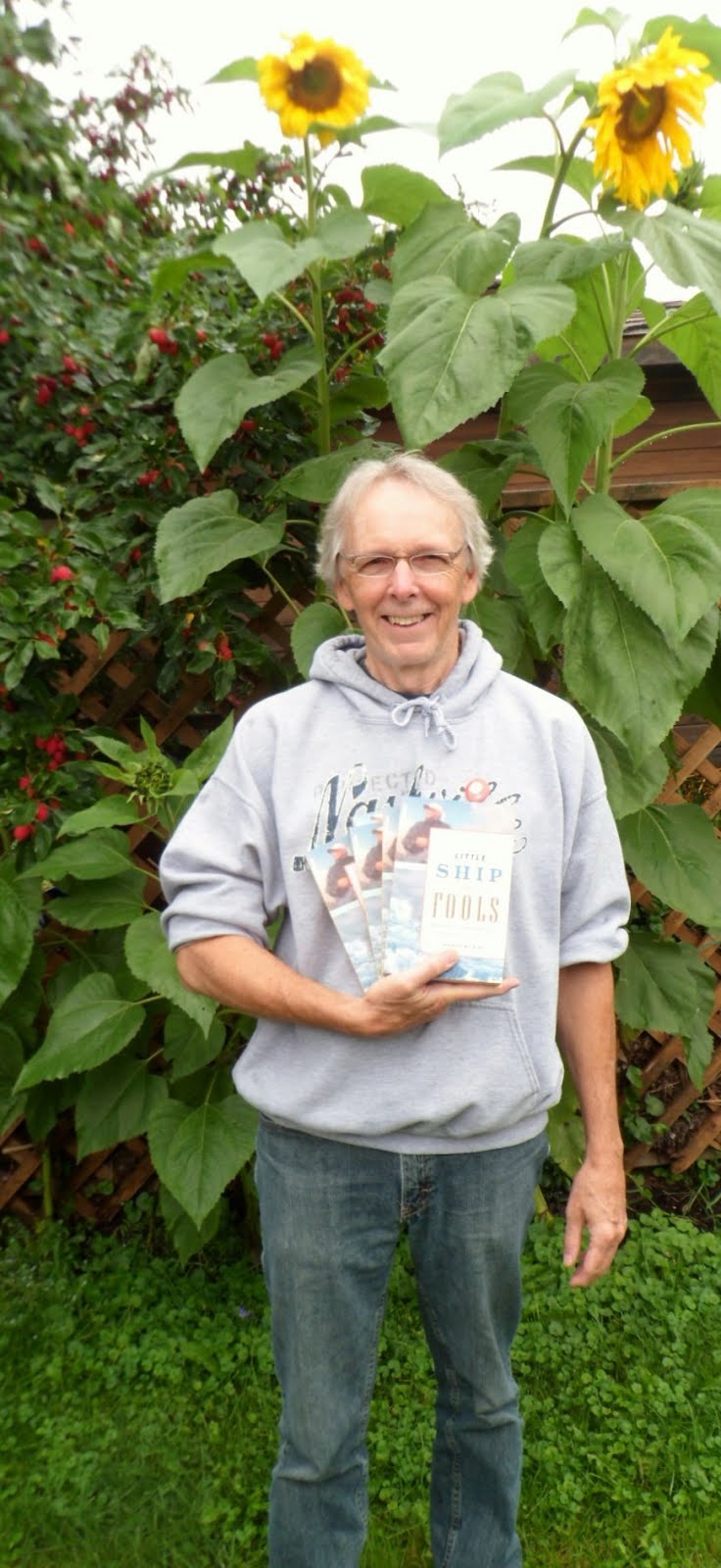
































































































































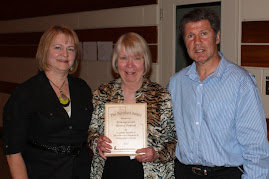









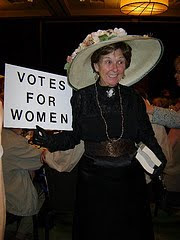
















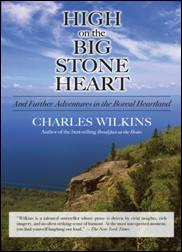





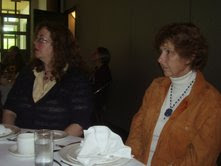



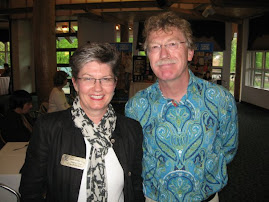


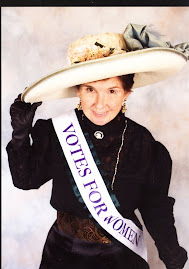









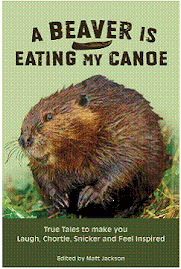


















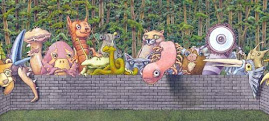


















No comments:
Post a Comment